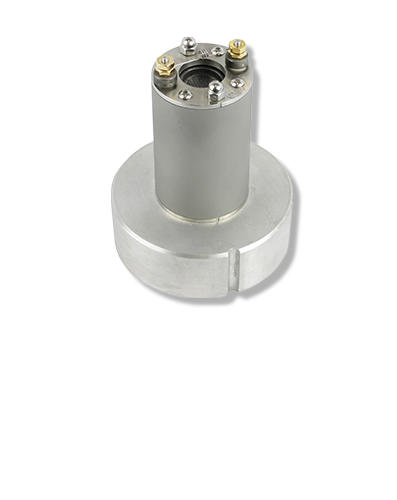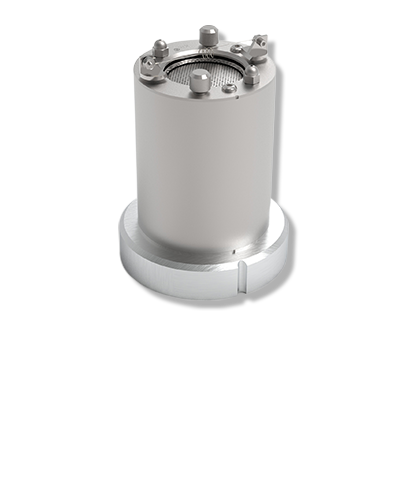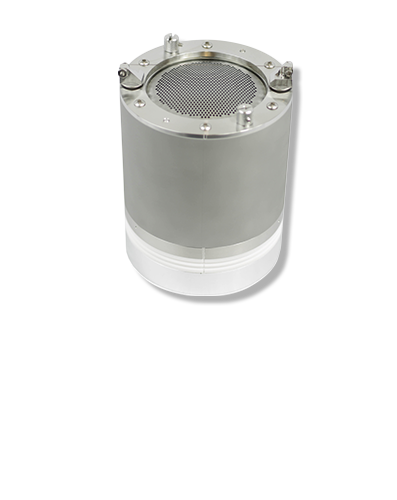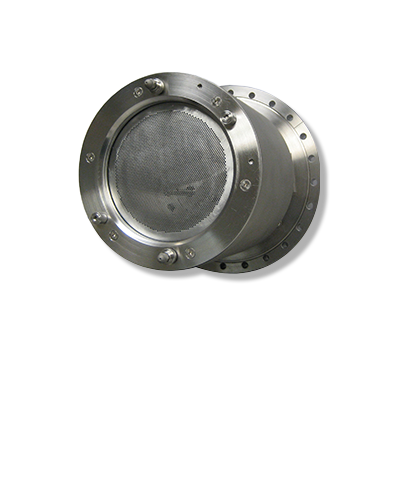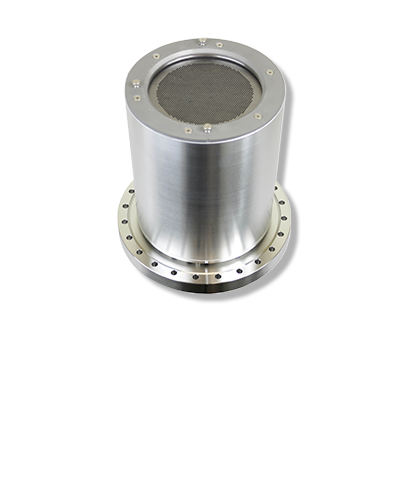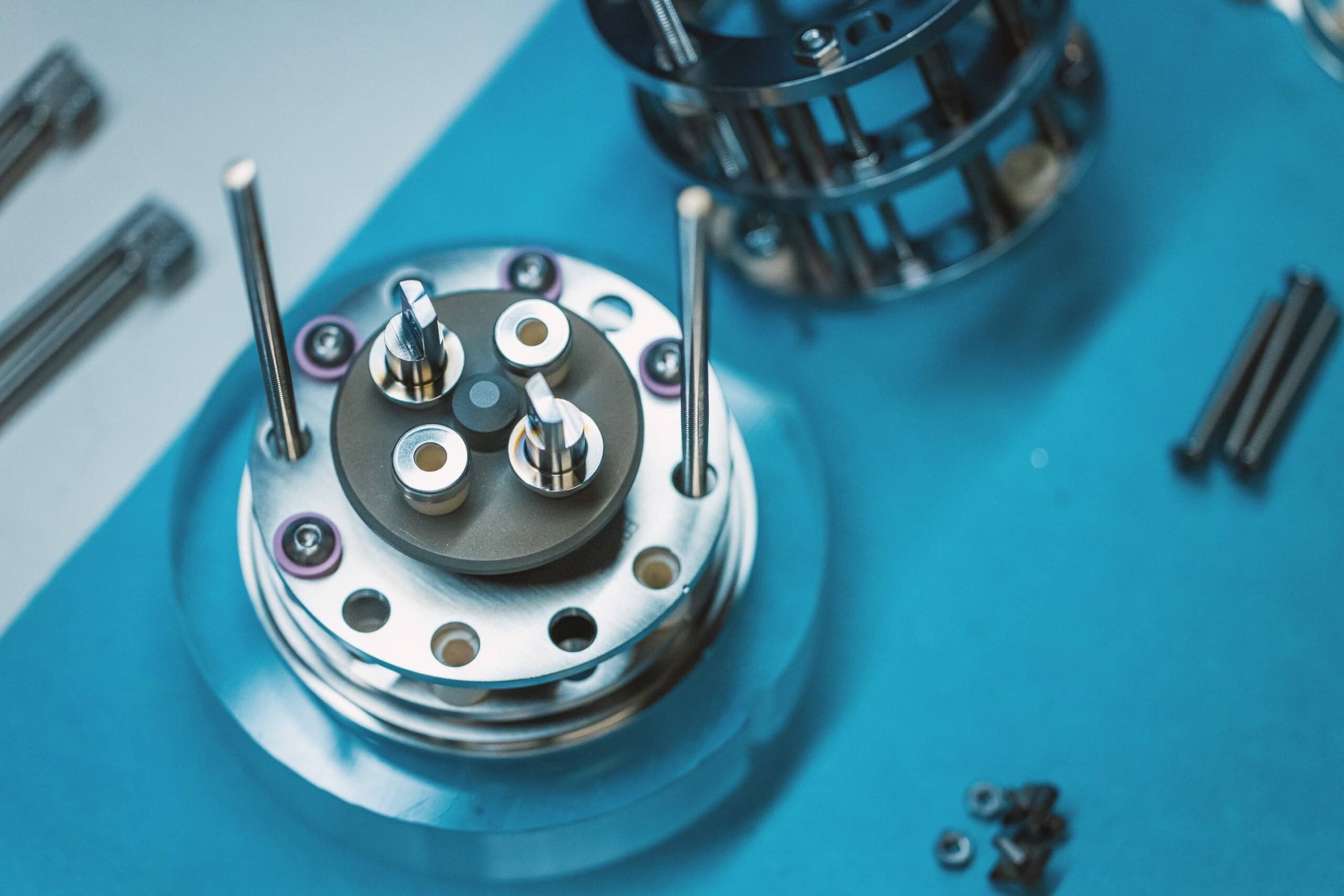Kaufman & Robinson incorporates updated design features into the traditional KDC ion source technology. KRI’s KDC product line brings advancements such as self-aligned ion optics and modern switch mode power supplies. These benefits have led to reliable products that are easy to maintain and easy to operate. The KDC product line consists of an ion source portfolio which spans a variety of physical sizes and performance specifications.
Kaufman & Robinson offers a comprehensive KDC product package. The package is complete with components required to install and operate the KDC products, including the KDC ion source, application-specific ion optics, electron source neutralizer, power supply controller, vacuum feedthroughs, and cables.
Our KDC products are used across the globe in world-class research and industrial fabrication of optical, photonics, magnetic, and microelectronic devices. The KDC can be configured and integrated into numerous vacuum process platforms, including bell jar systems, small multi-purpose R&D systems, dedicated planetary motion deposition or etching systems, box coaters, single wafer load-lock cluster tools, web coaters, rotary, low profile sputtering systems, and in-line coaters.
The KDC products are applied in standard and emerging material processes. The ability to work at the atomic level makes the KDC products effective tools to engineer films and surfaces with nanometer precision. Whether its density compaction, stress control, optical transmission, resistivity, smooth interfaces, improved adhesion, vertical sidewalls, and critical etch depths, the KDC products are responsible for yielding beneficial material properties.
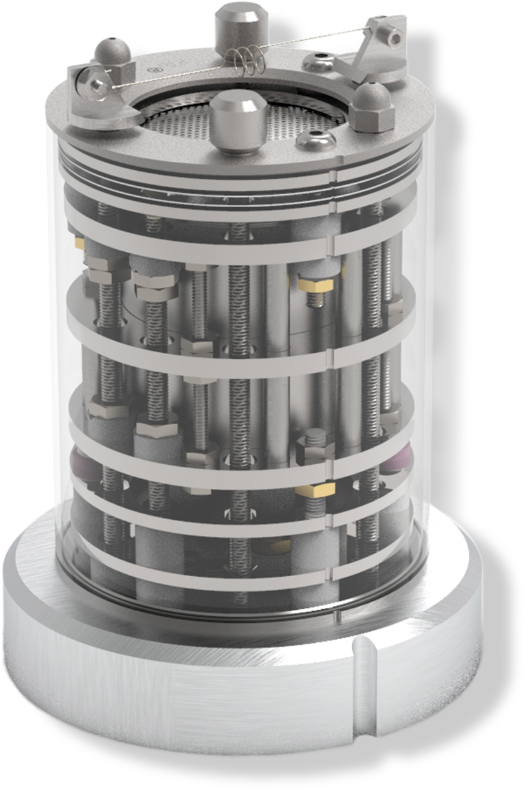
Commonly, the KDC products are applied in the following vacuum processes
Our Gridded KDC Sources
Contact Us
If you have questions about any of our products or their applications, please contact us. We look forward to hearing from you.


